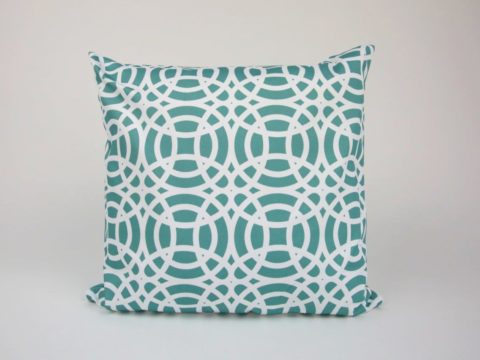Mary, Queen of Scots: Life Story
Chapter 2 : England or France?
In March 1543 Henry’s envoy, Ralph Sadleir, came to Scotland to negotiate the details of a treaty with England. Henry’s plan was for Mary to be married as soon as possible to the young Edward and for her to be brought to England for her upbringing – not, of course, for him to hold her as a hostage but merely for her better education and safety. Sadleir believed that Mary’s mother was in favour of the marriage. She showed off the little queen to him and encouraged him to think that she saw the English as potential allies. Sadleir reported to his master that Mary was ‘a right fair and goodly child, as any that I have ever seen of her age’.
The Treaty of Greenwich was signed on 1st July 1543 by Arran. It provided that Mary would marry Edward but that if she was widowed without children, she would return to Scotland and there would be no union between the countries. But the political atmosphere in Scotland was changing. Two new players had arrived on the scene. The first was Arran’s half brother, John Hamilton, another Catholic prelate and the second was the Earl of Lennox, who both promoted a pro-French stance. There was a backlash against the English alliance and Arran’s Protestant leanings were by no means universally applauded. The Scottish estates refused to ratify the Treaty of Greenwich.
Mary herself had been moved from Linlithgow to Stirling, accompanied by the earls of Huntly, Lennox, Argyll and Bothwell. Lennox was hoping to marry Marie, and she was using this as a means of keeping him in favour of the French alliance. Whilst Mary’s person was in the official guardianship of Lord Erskine, Marie remained with her.
Stirling Castle was one of the most formidable fortresses in Scotland and although the English attempted several schemes to abduct Mary, they were not practicable, and, so long as she remained there, and the castle was not directly attacked by an invading army, she was safe. Stirling was also one of the most splendid of the Scottish Royal palaces and Mary and her mother lived there in comfort and ease.
Either because he saw the wind blowing against him or because he had now realised that Henry VIII’s plans were not so benign as he had first thought, Arran decided to effect a reconciliation with Beaton and pursue a more pro-French policy. The possibility that, instead of marrying Edward, Mary might marry his son, James Hamilton, probably added to his desire for a policy more in line with that of Cardinal and Queen Marie. Arran was publicly reconciled with the Catholic Church on 8th September 1543 and the following day Mary was crowned as the first queen-regnant in the British Isles, in the royal chapel at Stirling. Governor Arran held crown over her whilst another Stewart connection, the Earl of Argyll, held the sword and Lennox carried the sceptre. Three months after, the Auld Alliance with France was officially confirmed by Scottish parliament.
It may be supposed that Henry VIII was furious at the thwarting of his plans and over the next few years he attempted by both fair means and foul to subjugate Scotland. In this, he continued to be aided by some of the Assured Lords, principally the Earl of Angus. He was also aided by the bitter rivalry between the Earl of Lennox and Arran. Lennox cared little about whether he was an ally of France or England so long as he was in the opposing party to Arran, and once Arran had moved to a pro-French policy, Lennox was amenable to English blandishments.
Henry seized on this and agreed with Angus that Lennox should marry Angus’s daughter, Lady Margaret Douglas, who had been living at Henry’s court since 1530. The marriage, although political, was personally successful and resulted in the birth of two children who lived to adulthood, Lord Henry Stuart, Lord Darnley and Lord Charles Stuart. Lennox left Scotland and swore allegiance to Henry. He agreed that he would do everything possible to put Mary into Henry’s hands on the understanding that he himself would be appointed as governor in place of Arran.
Mary, Queen of Scots
Family Tree
